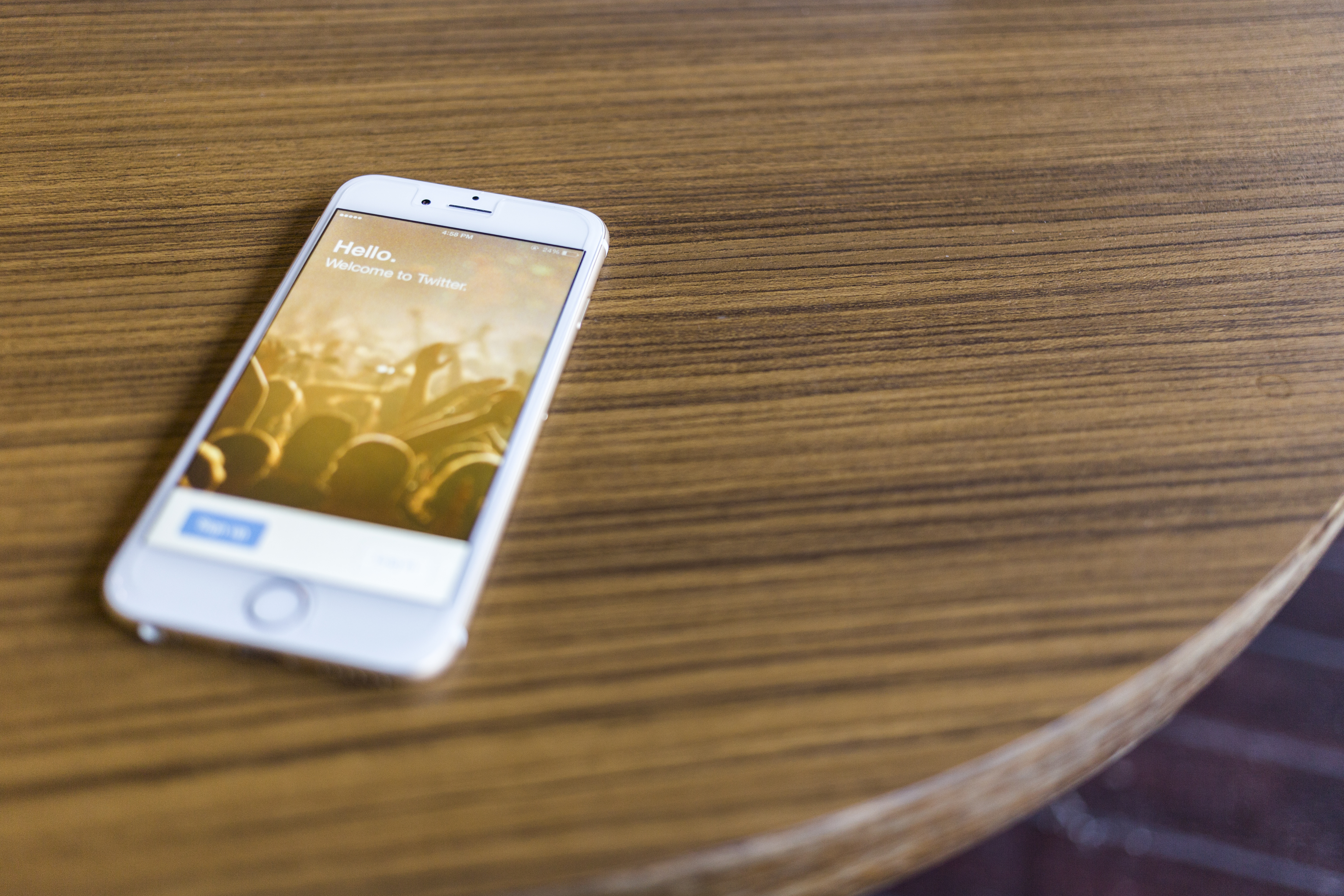CharityComms - Building Better Content
Aug 15, 2025 7:56:35 AM
Insights from the CharityComms Building Better Content conference.
I’m Mollie, Catnip’s Social Media and Content Executive, and I recently attended the CharityComms’ conference on Building Better Content. Content Specialist Trisha Brandon began the day discussing the importance of creating a content strategy. She shared a fantastic nugget of inspiration for when you need content ideas.
Because come on, we’ve all been there. You’ve hit a creative wall, your content calendar is looking empty and you're desperate for some miraculous content inspiration to magically arrive. In crises like this, Trisha recommends to start looking at what you already have. Take a look at your case studies and see if they can be shared on socials. Tell your audiences about the services you provide. Does your organisation educate or give advice? Then look to create an education series for your socials. You don’t need to reinvent the wheel when creating content, just take a look at what you already have!
Senior Content Designer for Action for Children, Ruth Stokes, stressed the importance of whenever you’re creating content, you must always create it with the user in mind. This means understanding their needs, and designing for clarity and access. It’s all good making a really pretty graphic or sharing images from an event, but if they don’t contribute to the purpose of the post then your audience isn’t going to understand and will be less likely to engage.
Pia Pawson from Parkinson’s UK gave an incredibly liberating talk on how comms teams need to embrace saying “no”. Far too often comms teams receive ask-after-ask all day. Our to-do list is often never ending, all departments want input on work and there’s just not enough hours in the day to satisfy everyone's needs. Pia shared five approaches:
- Reframe saying “no” - You’re not saying “no” to the work because you don’t want to do it. You might actually be saying “yes" to protect your time or avoid burnout. It’s important to remember that your team isn’t an infinite resource.
- And celebrate it! Saying no is liberating, so celebrate with your team when you successfully do it when necessary.
- Prose something better - Find options that satisfy both teams. You can flex your expertise to recommend more efficient work around and prove that your team is supportive and collaborative.
- Use capacity data - Communicate your team's capacity for how this project might impact your team.
- And remember to say “yes” - sometimes! 😉
While platforms are hungry for more video, content created by stakeholders is what truly brings your brand’s personality to life and builds trust. Lucy Shaverin from The Saltways shared some great advice on how to get stakeholders involved in creating videos for your social media.
- Emphasize this is a co-creation. Ask them for ideas to help them feel more part of the process.
- Be clear about what you need. Create a one pager or brief with some examples of how their video can look.
- Remember that it doesn’t need to be perfect. The less pristine the more authentic! Just make sure they feel supported and encouraged during the process.
A tip I really loved is to make sure you celebrate their work with the rest of the organisation. Share your results and thank them for their contribution - gratification goes a long way and can even encourage others to help you next time!
Finally, Freelancer Victoria Clarke gave a really insightful talk on the importance of content audits and some top tips on how to make yours better. They offer time to reflect on your past content and give insights into what works, what maybe doesn’t and what could be improved. Whether you’re doing this for your own organization or as an agency, it’s important to discuss these aspects before beginning audit work:
- Your goals for the audit.
- How you will measure each metric.
- Who will be involved and how.
The conference was a reminder that building better content isn’t just about chasing trends - it’s about strategy, clarity, and connection. From re-using existing resources to putting the user first, the insights shared offered practical steps to make our work more impactful.



